SummaryAirport Rating n/a Reception of locals *****
As far as natural beauty goes, there aren't many places in the world more beautiful than Ollantaytambo. Unlike Cusco, which gains some of its splendor by its architecture and cobbled streets, Ollantaytambo's splendor is completely in the breathtaking scenery that surrounds the settlement. The drive from Cusco to Ollantaytambo was a little over two hours, and on the way we stopped at a lookout point that had spectacular views of the Sacred Valley, of which Ollantaytambo is an important part. The Valley was the traditional heartland of the Inca Empire, and looking at the difficult mountain passes and Incan Era fortresses still visible, it makes you wonder how the Spanish found and then conquered the area. The drive down takes winding routes through mountainsides and the views are pretty amazing. On reaching the town itself, the first thing that struck me was just how small it was in terms of modern settlements. The main square is the location for many of the towns restaurants and shops as well as the local market. A little further down is the train station, houses and Incan Era buildings, from the storehouse to terraces used for agriculture. QuechuaOver the years many languages have become either completely forgotten or extinct to the point where they are no longer used in everyday conversation. Although it influenced many languages, even Latin from the mighty Roman Empire has failed to survive as an everyday language. However one thing I admire is that in Peru, the language of the Incas, Quechua, is still used as an everyday language by the people of Peru. Although Spanish is more widely spoken, especially in Lima, Quechua is the primary language of the Urubamba Valley, taking precedent in Cusco and Ollantaytambo. I had already met some of the people that I would be doing the Trek with in Cusco, and I decided to do a walking tour with one of them, a human rights lawyer working for the UN. She was about 10 years older than me, but was in amazing shape and I was confident that together we would get through the trek. We spent a couple of hours walking around the town through very narrow streets, gravel and cobbled stones. At one point we managed to walk for about 30 minutes down a quiet road only to be met by a dead end. Cottage industriesWe spent half a day on the outskirts of the town visiting both a ceramics and chocolate factory. I had done something similar in Thailand, and the methods employed here were very much the same, with a small number of people making handcrafted models of local specialties The chocolate factory sourced local cocoa to make dark chocolate studded with local ingredients such as quinoa. I'm not a huge fan of dark chocolate but it was interesting to see how it was made. I found the raw cocoa beans more tasty than the finished chocolate. We had lunch at the foot of a mountain, eating local food and drinking Chicha, a drink made from purple sweetcorn. Chicha is available pretty much everywhere in Peru and was one of my favourite drinks, The taste isn't too dissimilar to blackcurrant squash but I'm convinced that I saw a purple soft drink and my brain just thought it must be Ribena.. SightsThe town has a number of sites from the Incan Empire that you can visit on the mountains, however, my knee had begun to get a little sore. I had been squatting quite heavy (for me) for a number of months and I had begun to feel some tenderness in the week, and with 3 days of climbing ahead of me, I didn't want to take any chances. From the views I could see from the town and surrounding area, the storehouses in particular caught my eye. They were built at higher heights to try and temper the effects of decay and from a distance they looked very impressive.
I did get a chance to visit the terraces on my way back down from the mountain, These agricultural terraces were built to create an area for farming in a terrain that may not otherwise support the growth of crops. Ollantaytambo has some of the best preserved terraces in all of the sacred valley and although they look like small steps from a distance, walking along the terraces showed the large scale of the construction that must have taken place. The town is built next to the Urubamba River, and despite its relatively high altitude (although lower than Cusco) insect repellent is required. The town is also served by a train station that transports people from Ollantaytambo to Aguas Calientes, otherwise known as Machu Picchu town, and the horns from the train are sounded twice an hour, from morning to early evening. Ollantaytambo is used mostly as a starting point for treks, and therefore most people don't spend too much time in the town, I only spent a cumulative total of two and a half days. The town in its own right is very beautiful, the surroundings are the most beautiful I have seen anywhere in the world and looking at the town from the surrounding mountains shows just how much it does have to offer, Comments are closed.
|
AuthorBritish Sikh, born in the Midlands, based in London, travelling the world seeing new cultures. Categories
All
|
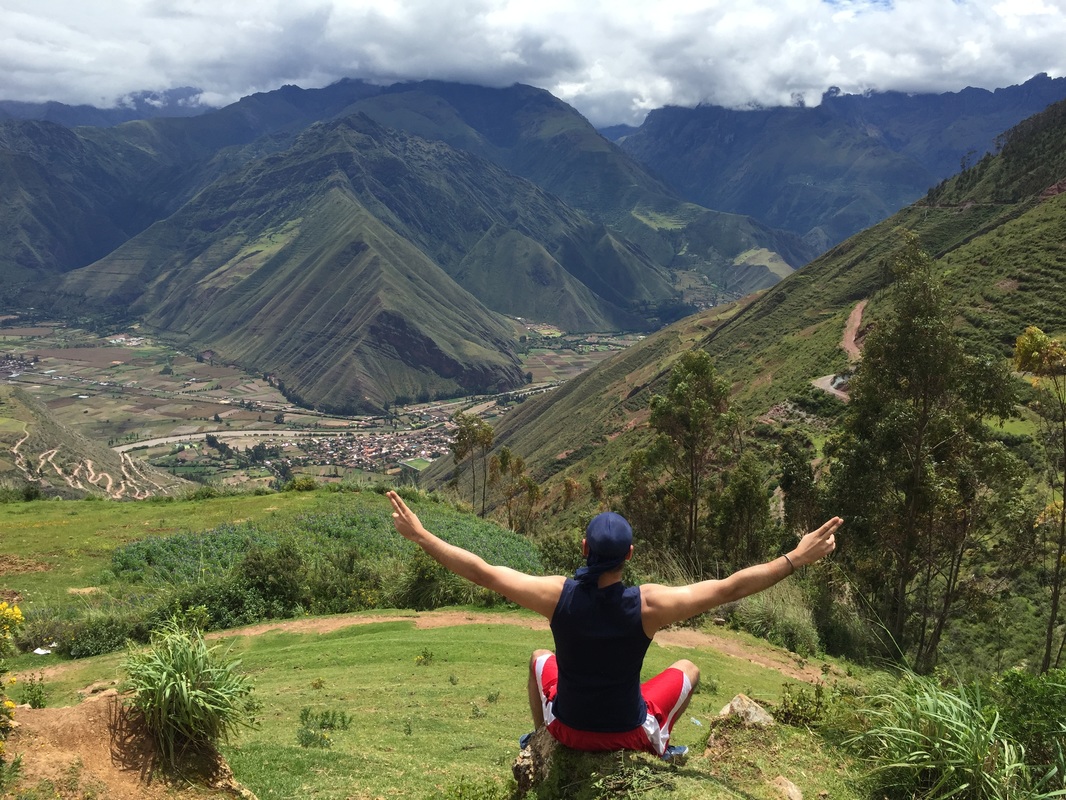
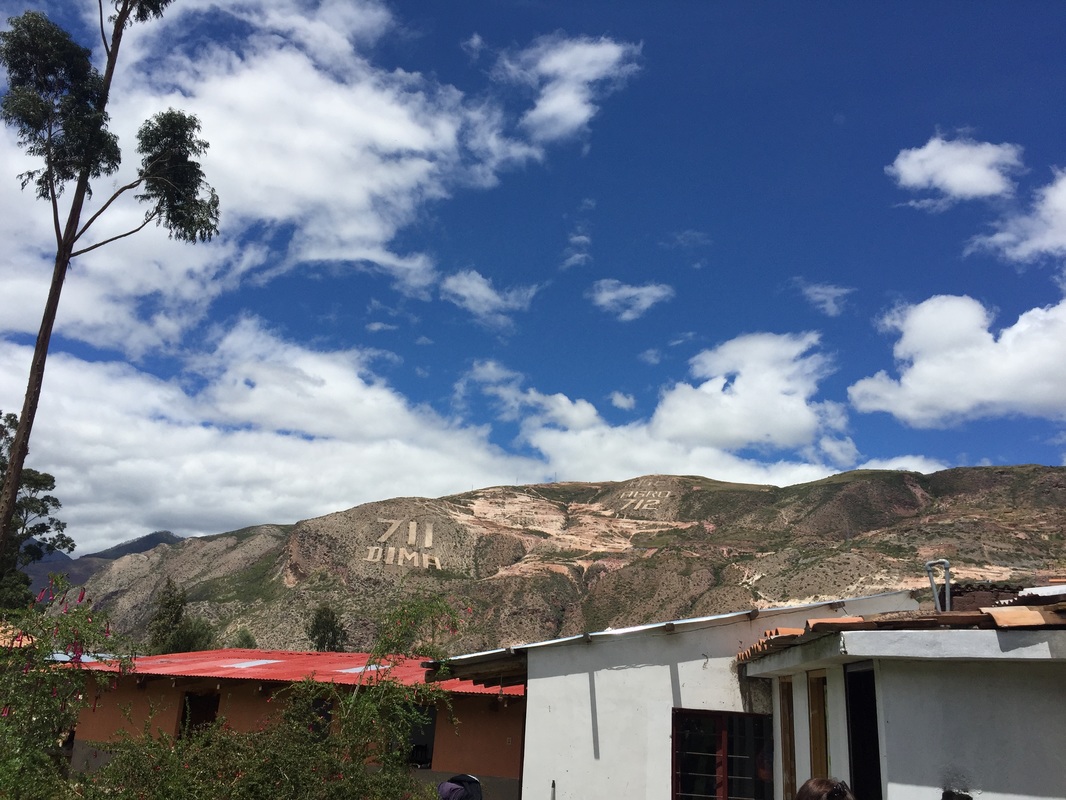
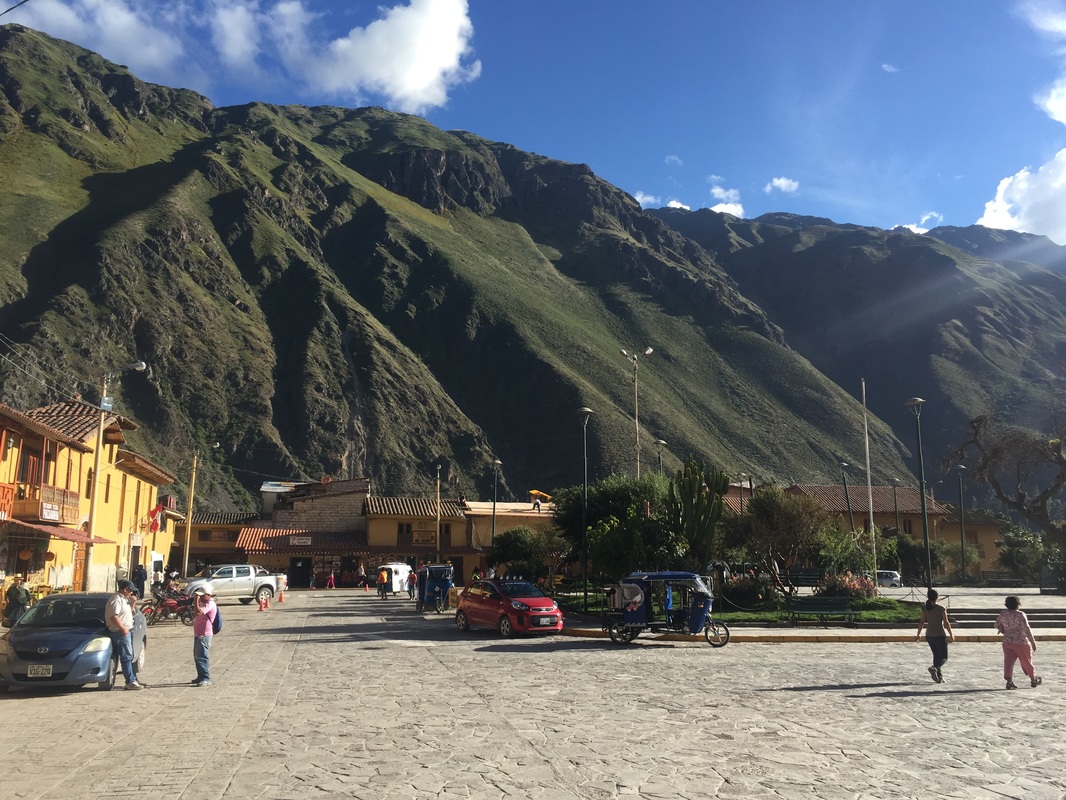
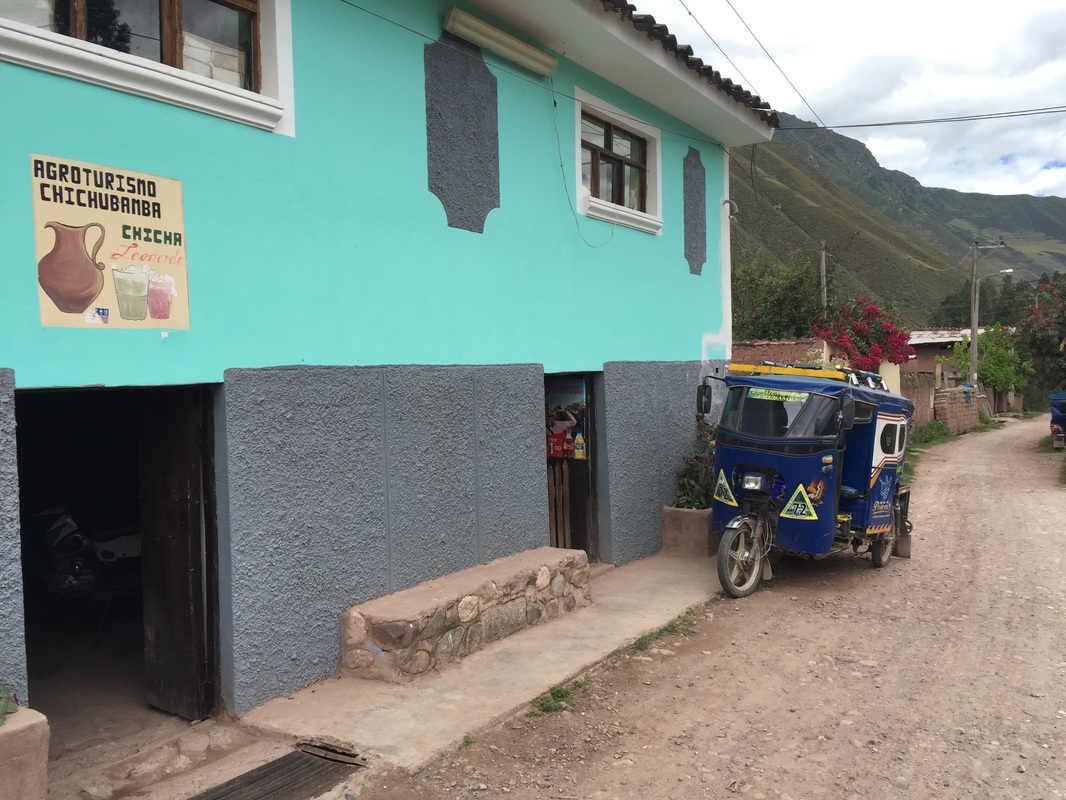
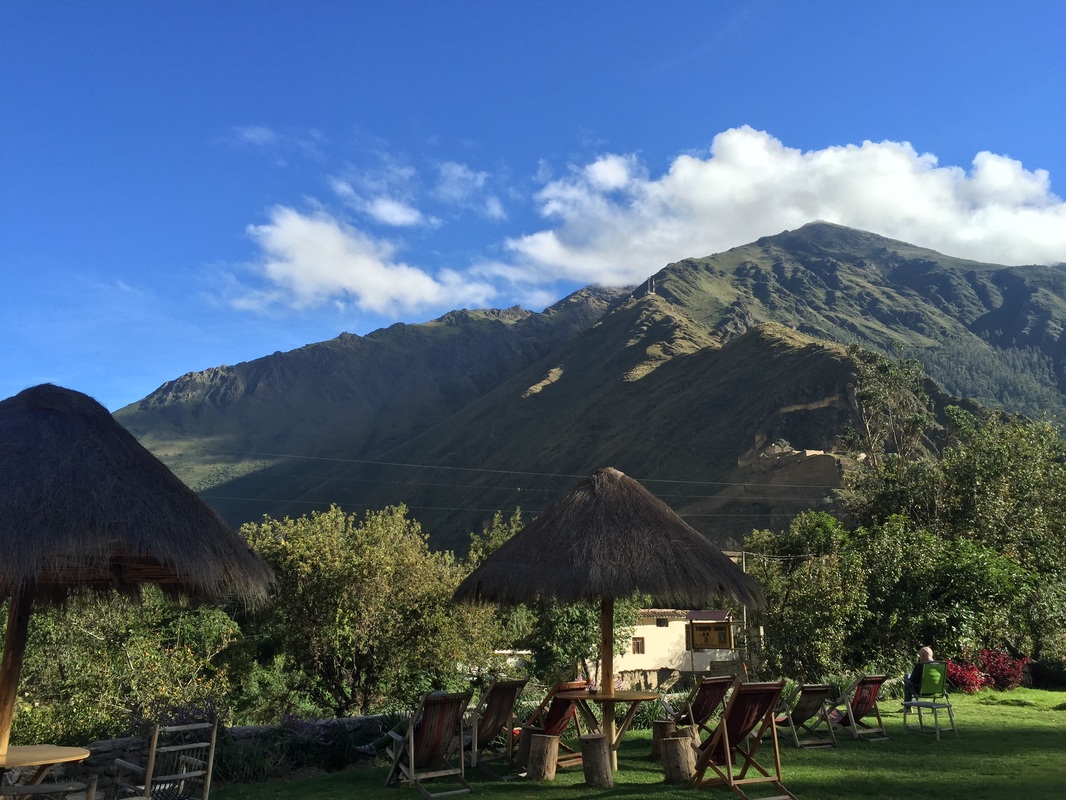
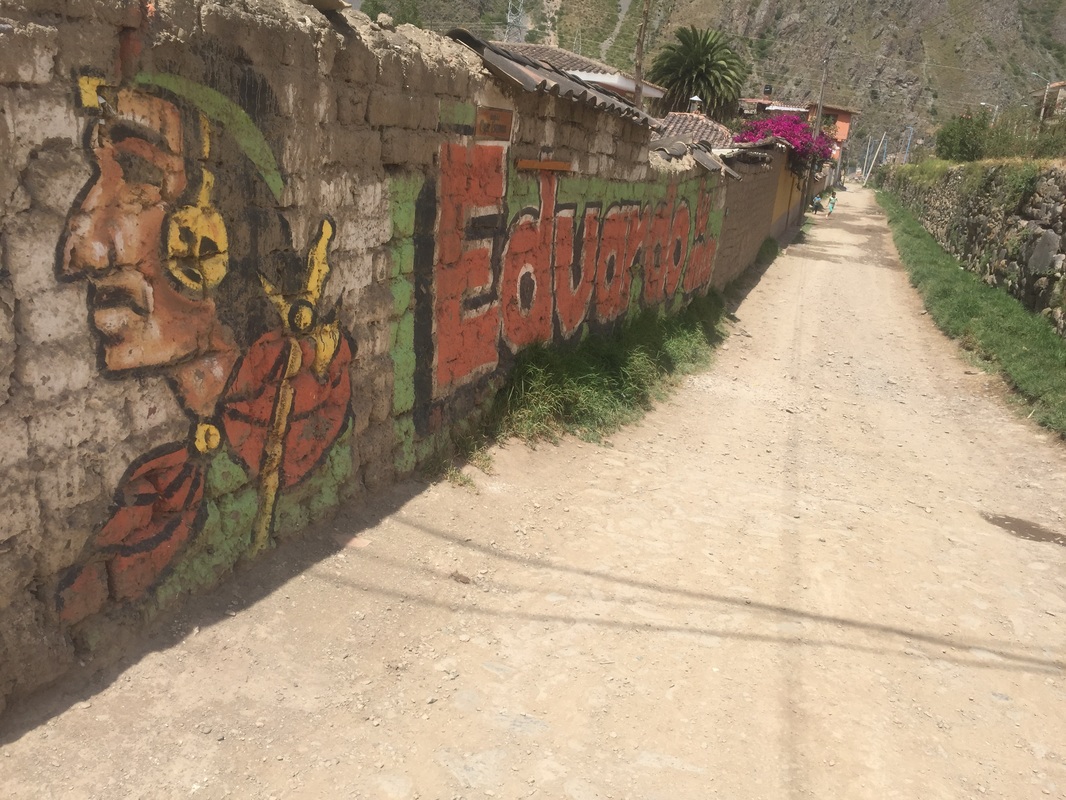
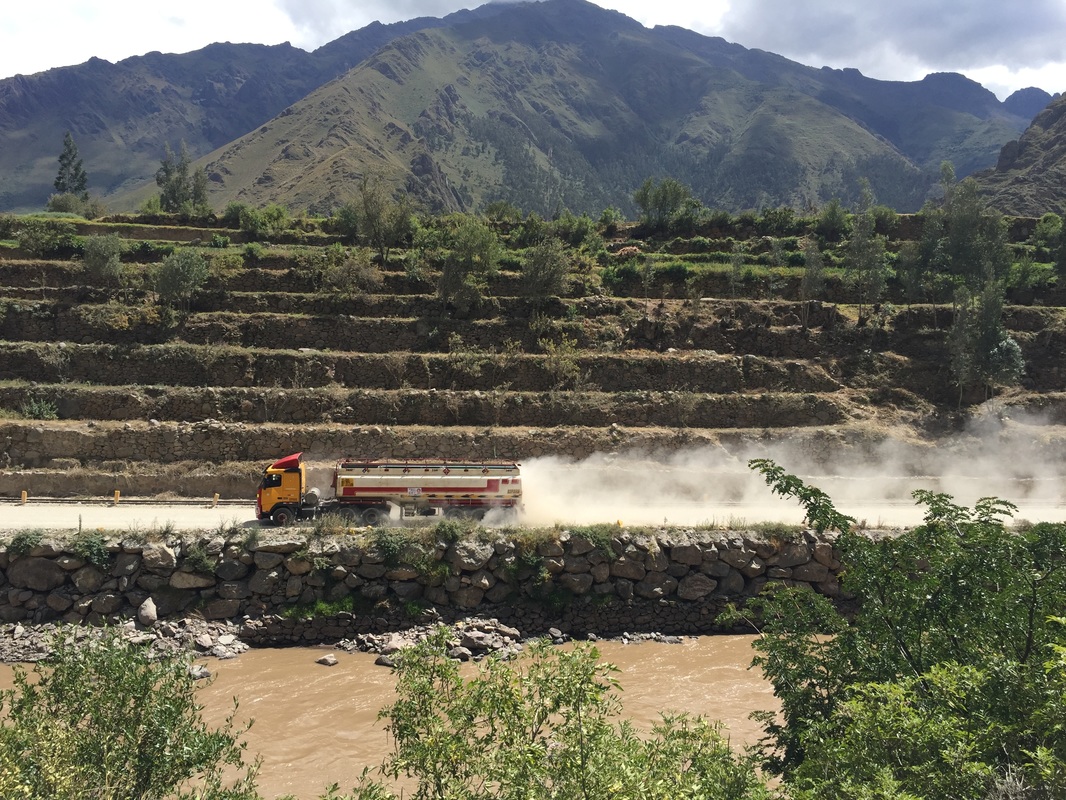
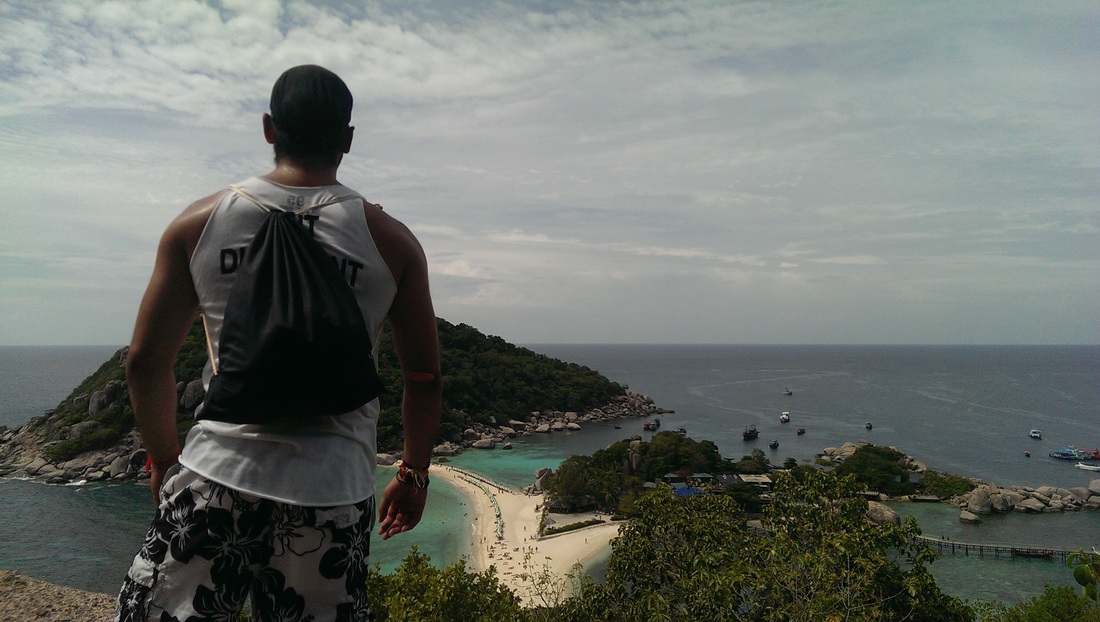
 RSS Feed
RSS Feed